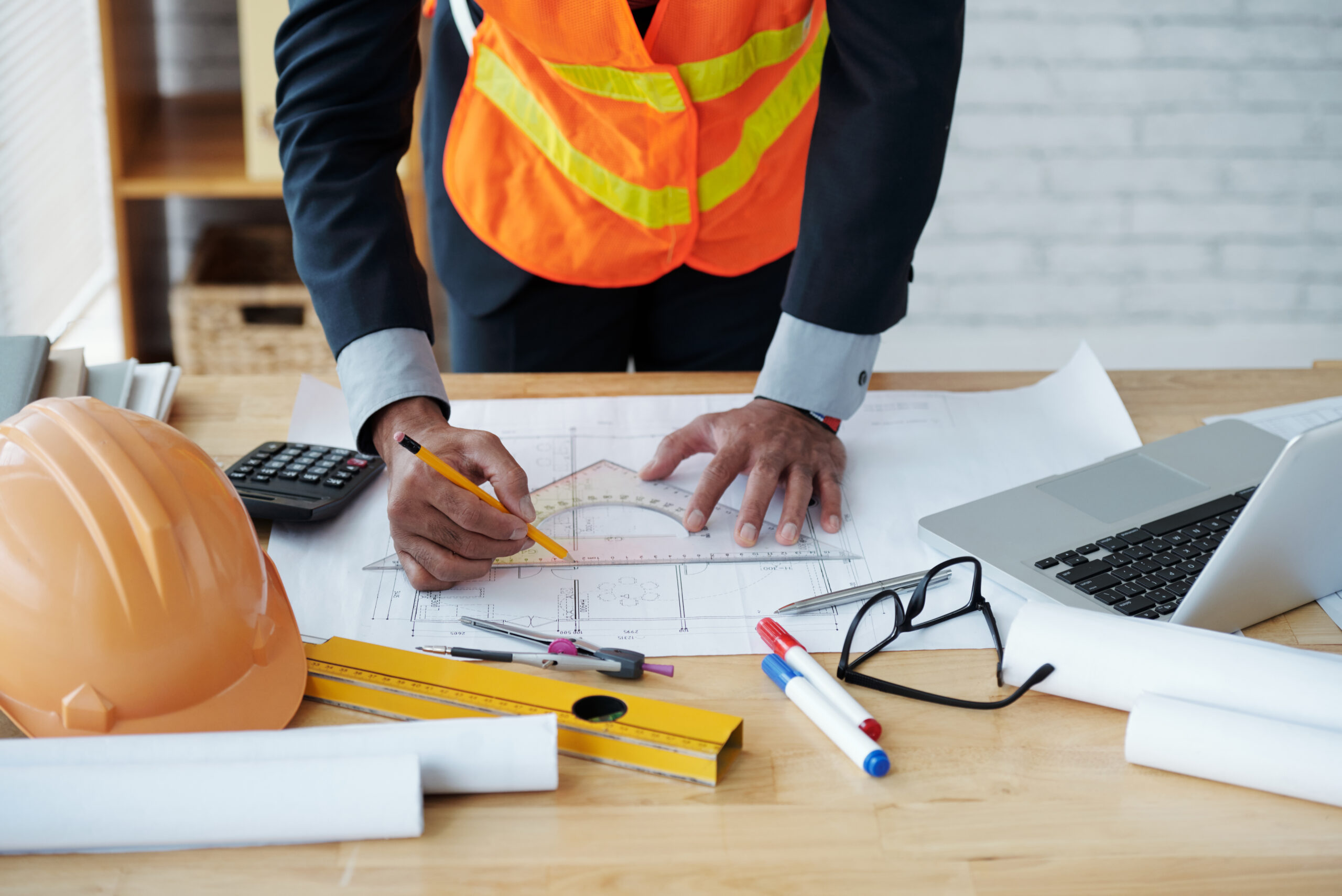In 2022, Rwanda experienced remarkable economic growth, with the agriculture sector emerging as the second-largest contributor to the country’s GDP, totalling RWF 3.4 trillion. Within this sector, forestry played a pivotal role, accounting for 24% of the Agriculture GDP and 6% of the national GDP.
The strategic importance of the forestry sector is thus undeniable, especially as Rwanda’s construction industry continues to rapidly expand. The demand for urban housing is projected to double every decade, soaring from 600,000 houses in 2022 to 1.2 million by 2032, with a staggering 2.8 million expected in 2050.
This surge in construction has naturally driven the demand for quality building materials and led to increased demand for laminated wood boards (LWBs) and medium density fibreboards (MDFs). These materials are not only changing the way buildings are constructed but also revolutionising the furniture industry, providing Rwandans with sustainable, affordable, versatile, and high-quality alternatives to traditional building materials.
Regionally, the production of MDFs and LWBs is thriving within the East African Community (EAC) with several manufacturers of these materials in Kenya, Tanzania, and Uganda. This regional supply adds a dynamic dimension to the market, offering Rwandan consumers a variety of options and ensuring the continued growth of demand.
Vanguard Economics recent market research study on the changing face of preferred materials by Rwanda’s construction industry underscores the immense potential of LWB & MDF building materials. Below, we discuss why there is a growing preference for these materials in infrastructure development in Rwanda.
Sustainable and Eco-Friendly
In recent years, Rwanda has placed a strong emphasis on sustainability and eco-friendliness in construction and manufacturing. LWBs and MDFs are known for their eco-friendly properties. These materials are often made from recycled wood fibres and adhere to strict environmental standards, making them a preferred choice for environmentally conscious consumers.
An Affordable Alternative to Solid Wood
One of the primary reasons for the increasing popularity of LWBs and MDFs in Rwanda is their cost-effectiveness. Solid wood can be expensive and is often in limited supply, making it less accessible for the mass market. They offer a more affordable alternative without compromising on quality or aesthetics. This cost advantage has made them a go-to-choice for construction projects in a developing economy like Rwanda.
Versatile and Aesthetically Appealing
LWBs and MDFs are highly versatile materials that can be used in various applications, from kitchen cabinets and wardrobes to flooring and wall panelling. They can be easily customized to suit the specific design and aesthetic preferences of customers. In a country where interior design and home aesthetics are becoming increasingly important, these materials also provide a wide range of options for creating beautiful and functional spaces.
High-quality and Possesses Longer Lifespan
Rwanda experiences a range of environmental conditions, from humid climates to occasional temperature variations. LWBs and MDFs are engineered to withstand these challenges, making them durable choices for construction projects. Their resistance to warping, cracking, and rotting ensures that buildings and furniture made with these materials have a longer lifespan, ultimately reducing maintenance costs.
Written by Parabron Emile Banse
Edited by Yvonne Mwiza

